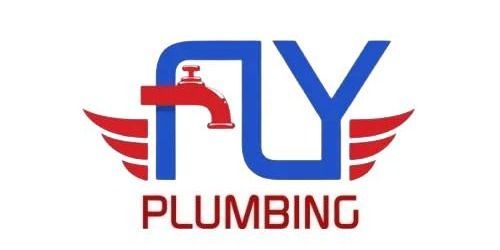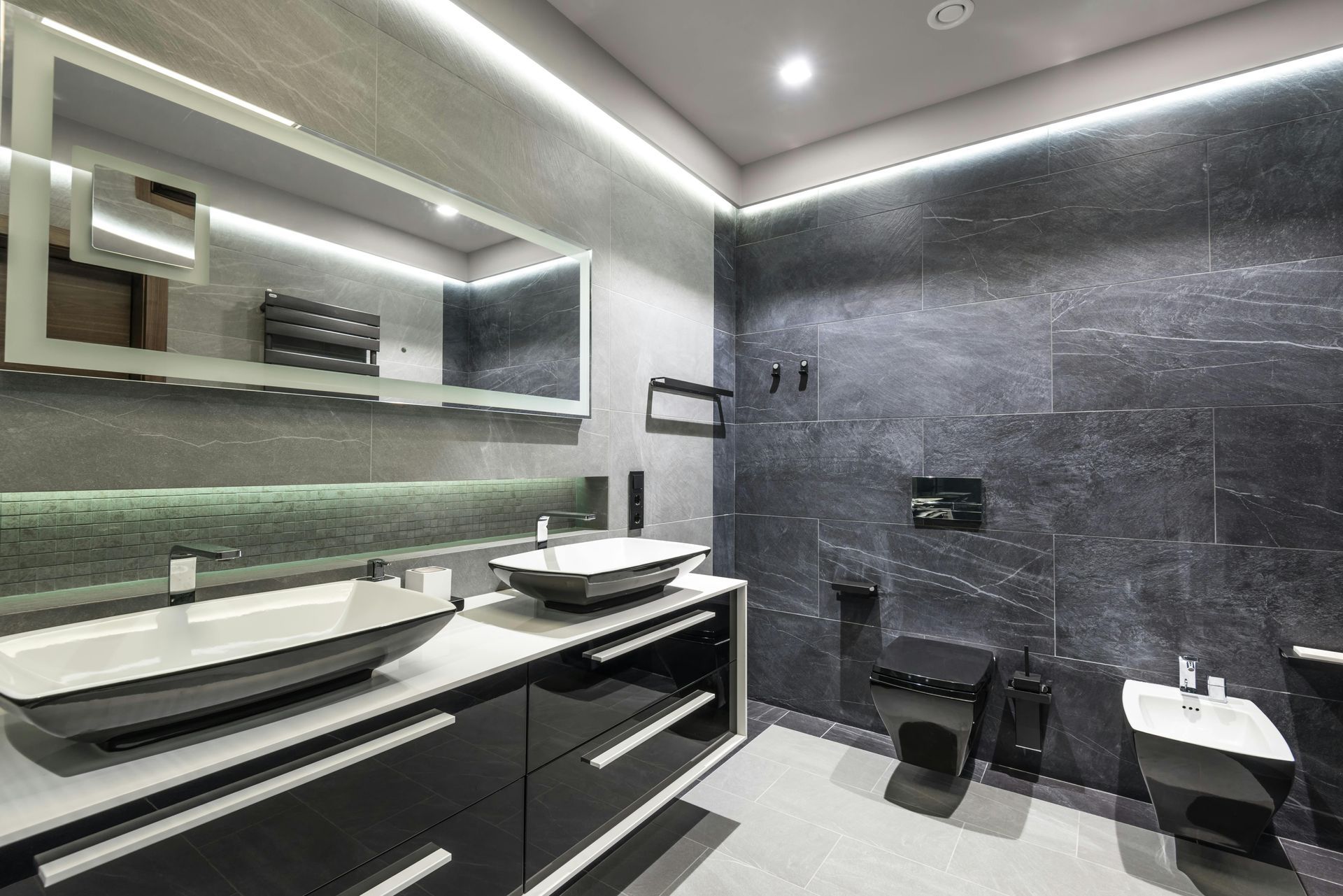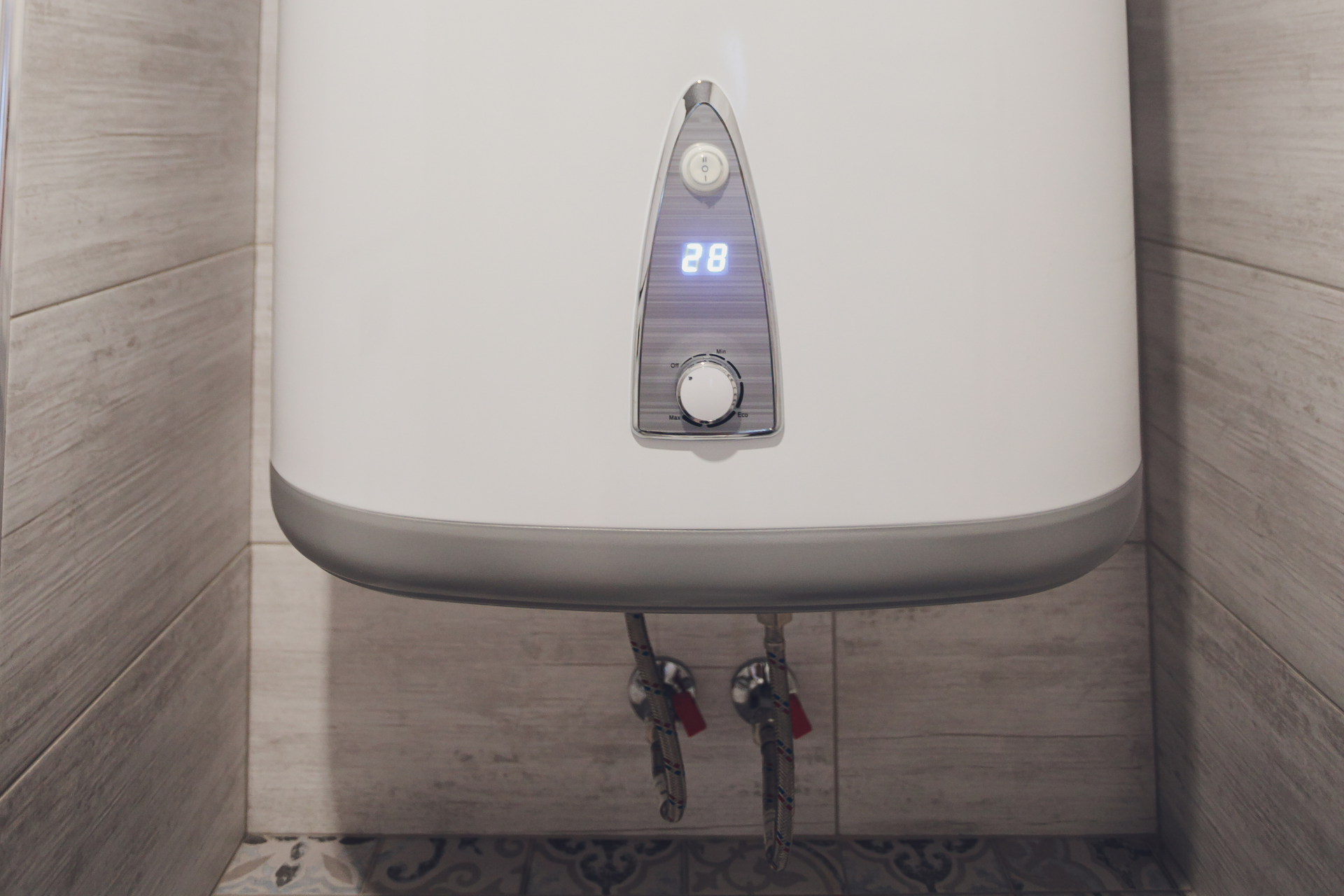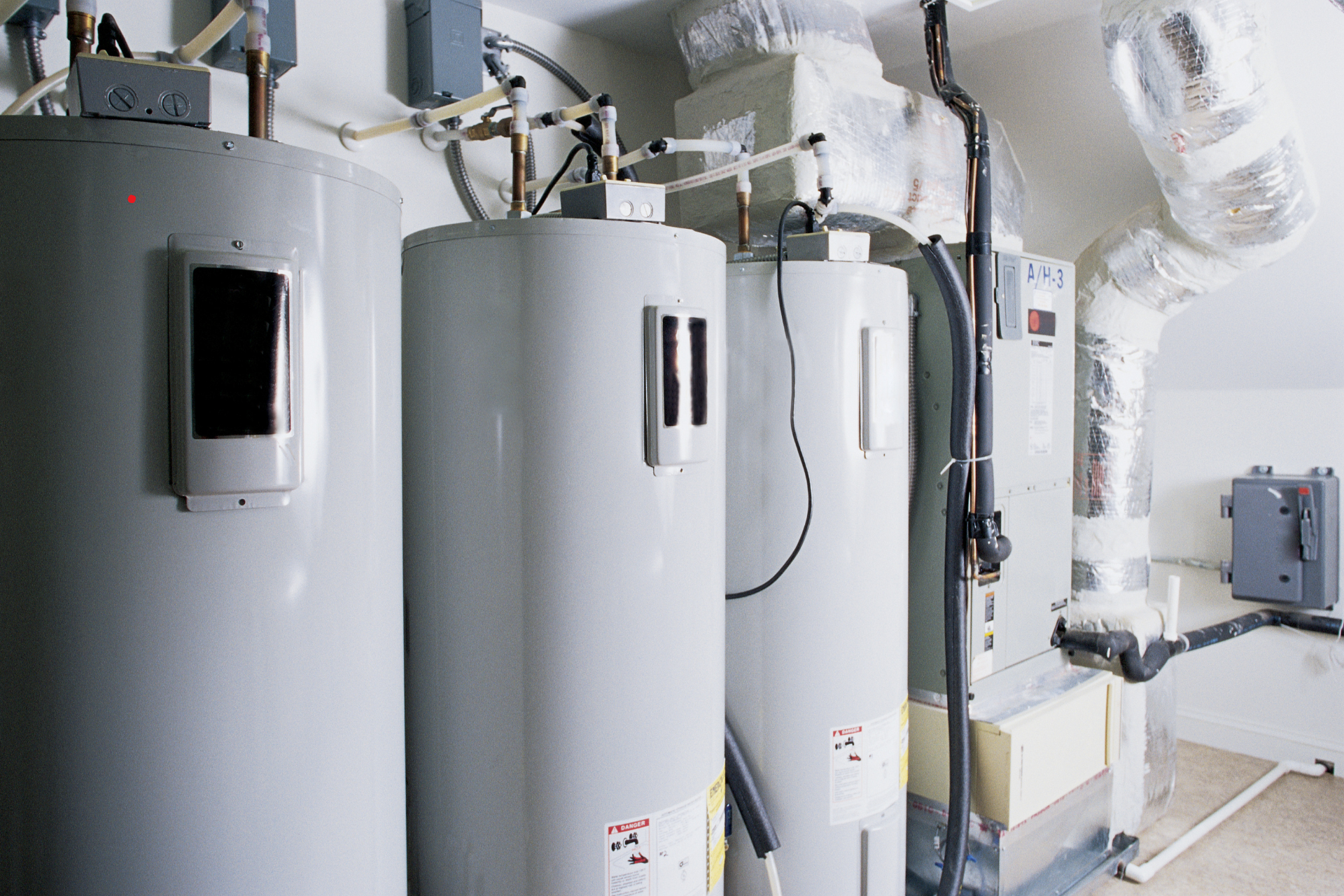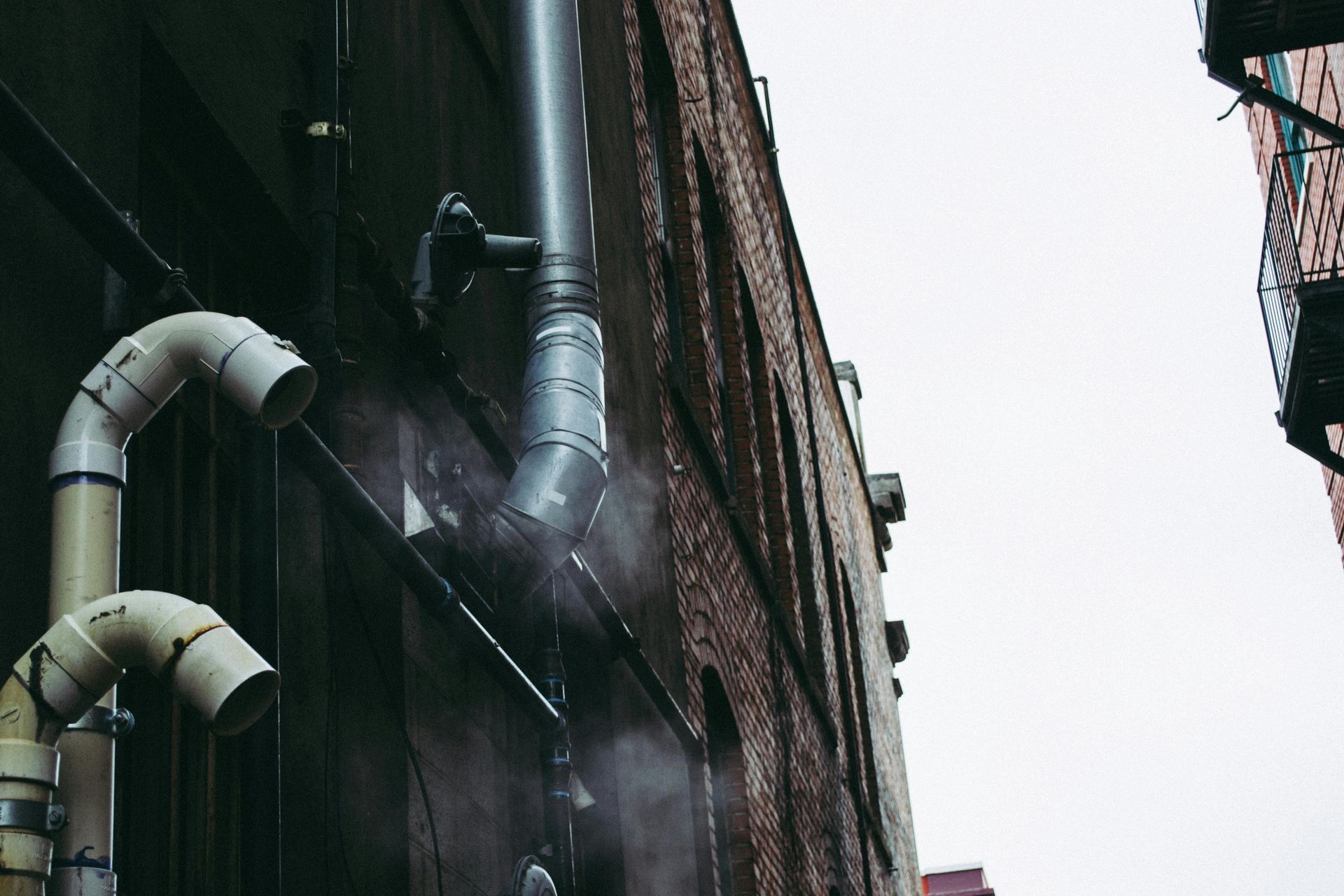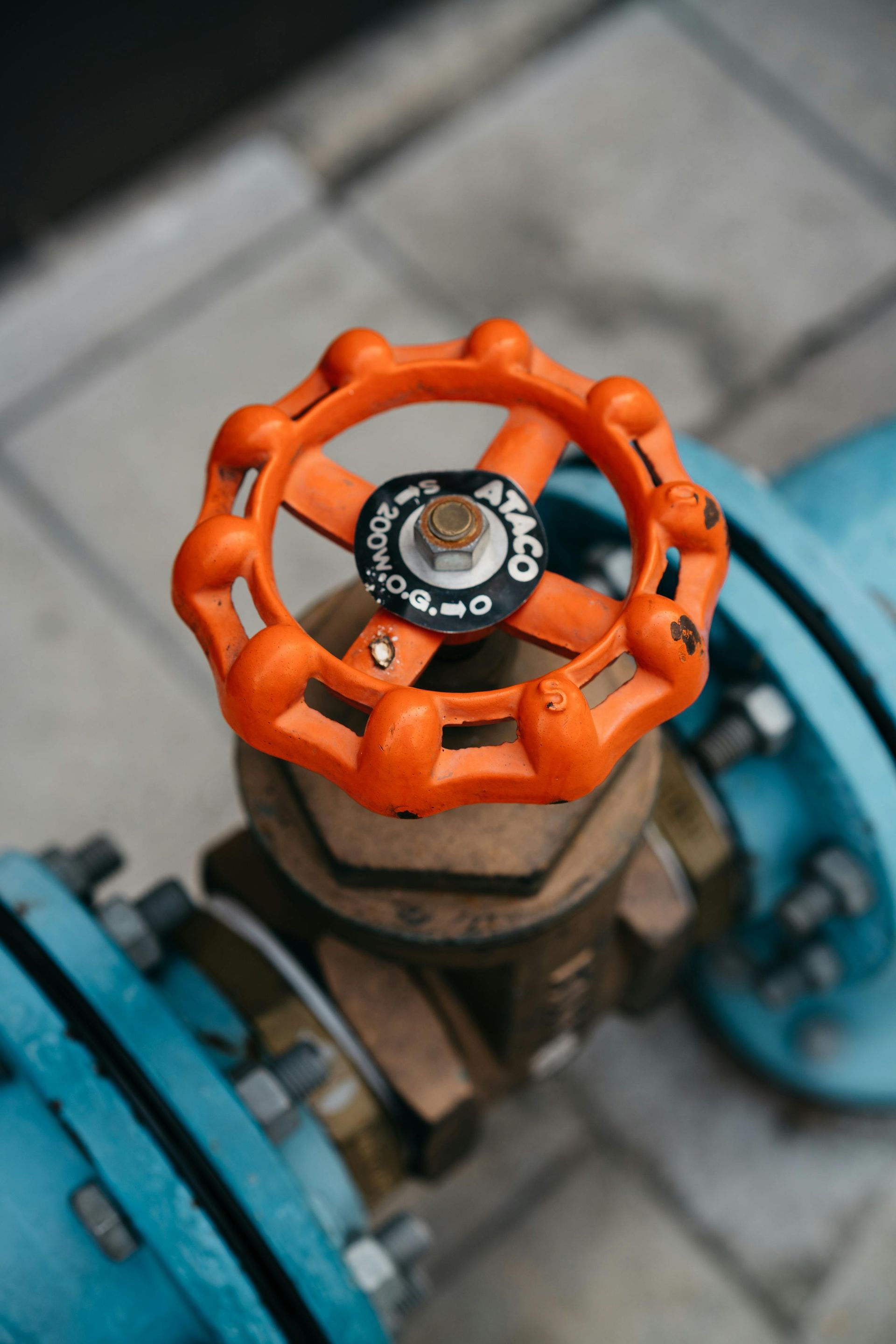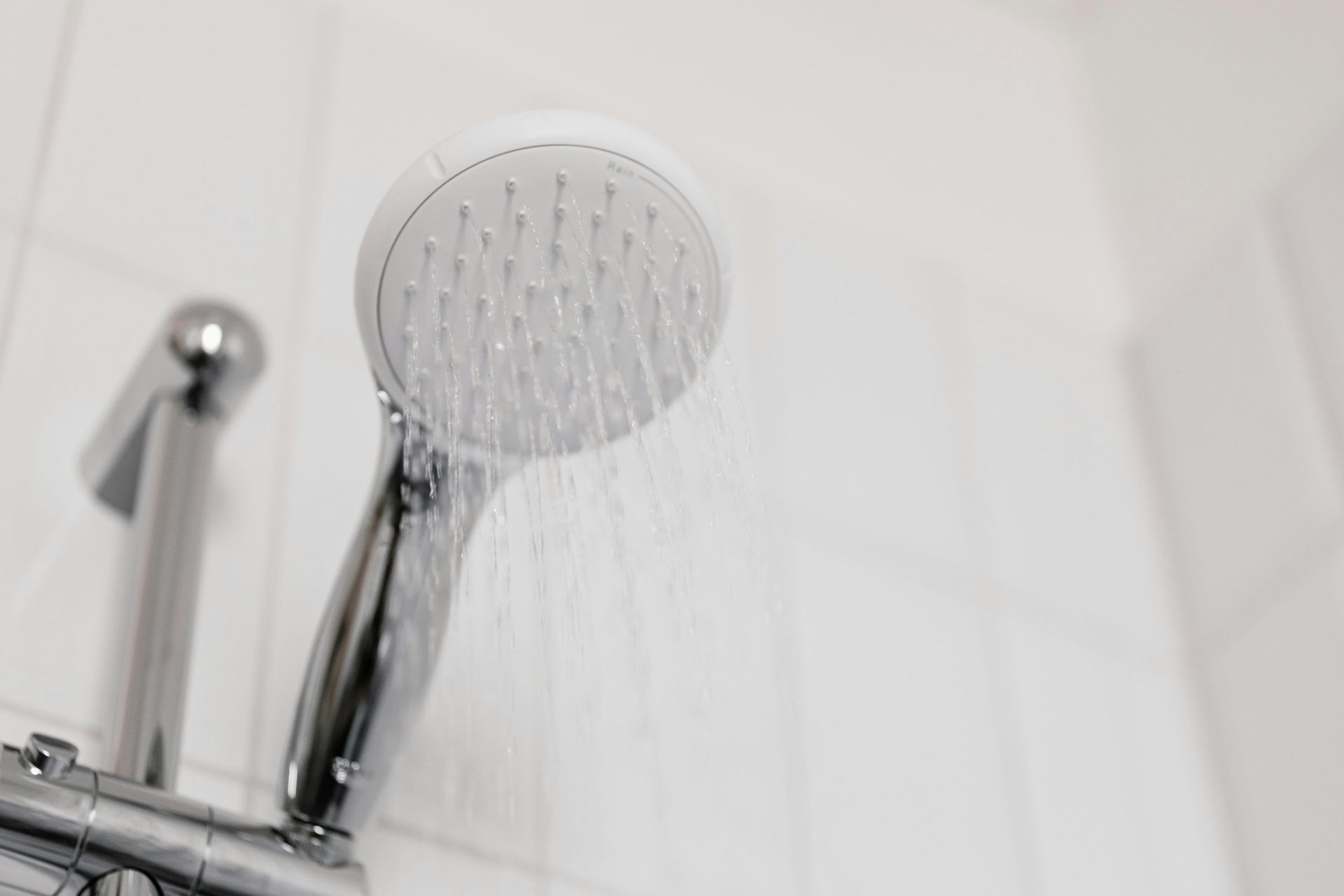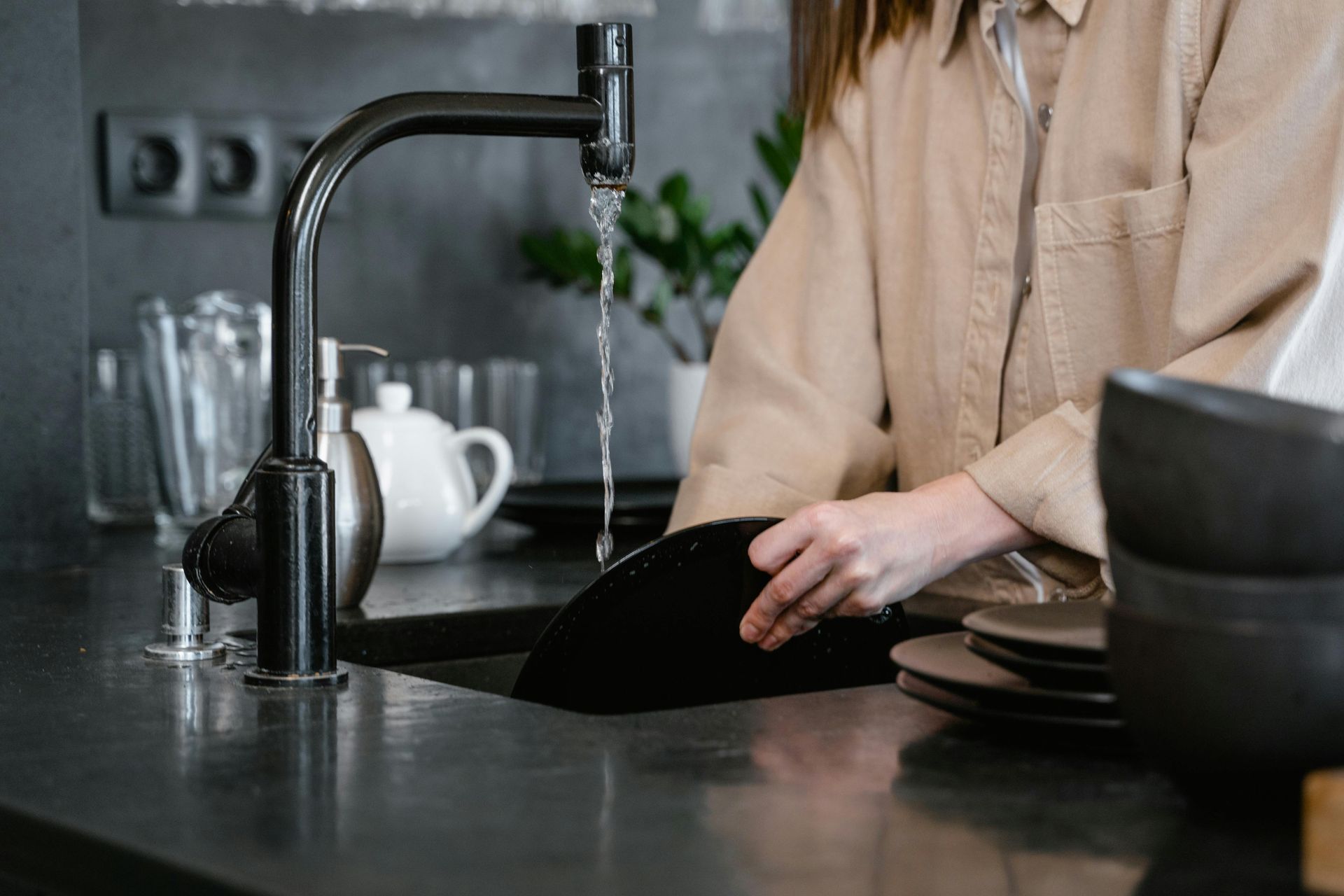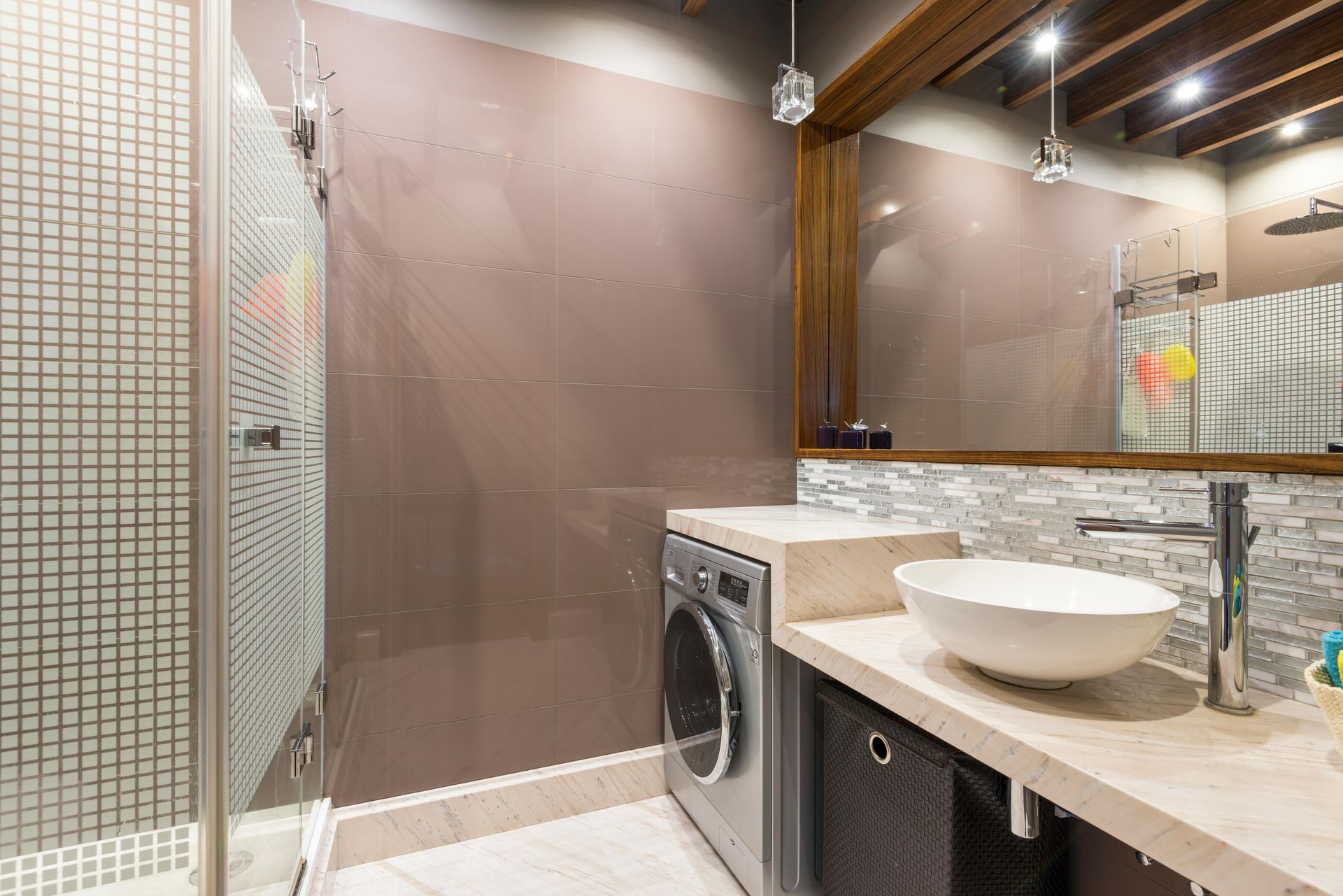How to Prevent Frozen and Burst Pipes in Chicagoland
As winter approaches in Chicagoland, the risk of frozen pipes becomes a serious concern for homeowners. At Fly Plumbing, we understand the impact that frozen pipes can have—burst pipes can lead to costly repairs and extensive water damage. To help you protect your home, we’ve compiled essential tips on how to prevent your pipes from freezing this winter.
Understanding Frozen Pipes
Before diving into prevention, it’s important to understand why pipes freeze. Water expands when it freezes, and this expansion can create tremendous pressure within pipes. When the pressure exceeds what the pipe can handle, it can crack or burst, resulting in leaks once the ice melts. Typically, pipes that are most susceptible to freezing are those located in unheated interior spaces, such as basements, attics, and garages, as well as outdoor faucets.
Key Prevention Strategies
1. Insulate Pipes
One of the most effective ways to prevent frozen pipes is to insulate them. Here’s how:
- Identify Vulnerable Pipes: Look for pipes located in unheated areas, such as crawl spaces or exterior walls.
- Use Pipe Insulation: Foam pipe insulation sleeves or wrapping can significantly reduce the risk of freezing. Make sure to cover all exposed pipes thoroughly.
- Seal Gaps: Check for gaps around windows, doors, and where pipes enter the home. Use caulk or spray foam to seal these areas, minimizing cold air infiltration.
2. Keep the Heat On
Maintaining a consistent temperature throughout your home is crucial during winter months. Here are some tips:
- Set a Minimum Temperature: If you plan to be away from home, set the thermostat to at least 55°F (13°C). This will help keep pipes warm.
- Open Cabinet Doors: For sinks located on exterior walls, open cabinet doors to allow warmer air to circulate around the pipes, especially during extreme cold spells.
- Let Faucets Drip: Allowing a small trickle of water to flow through faucets can help prevent freezing. Moving water is less likely to freeze, so even a steady drip can make a difference.
3. Seal Cracks and Openings
Cold air can sneak into your home through small openings, leading to potential freezing:
- Inspect Your Home: Look for cracks and openings around your home’s foundation, walls, and roof. Use weatherstripping, caulk, or insulation to seal any gaps you find.
- Address Chimney and Ventilation Issues: Ensure that any chimney or ventilation openings are properly sealed to prevent cold drafts.
4. Protect Outdoor Faucets
Outdoor faucets are particularly vulnerable to freezing:
- Disconnect Hoses: Before winter, disconnect and drain any hoses attached to outdoor faucets.
- Install Insulated Covers: Use insulated faucet covers to protect outdoor faucets from freezing temperatures.
- Shut Off Water Supply: If possible, shut off the water supply to outdoor faucets and drain any remaining water to prevent freezing.
5. Maintain Your Heating System
A well-maintained heating system is key to preventing frozen pipes:
- Schedule Regular Maintenance: Have your heating system serviced before the winter season. This ensures it runs efficiently and keeps your home warm.
- Use Space Heaters Wisely: If you’re using space heaters, make sure they’re safely placed away from flammable materials and monitored regularly.
Additional Tips for Extreme Cold
During particularly cold spells, it’s important to take extra precautions:
- Monitor Weather Reports: Stay informed about cold weather alerts and adjust your home’s heating accordingly.
- Leave Interior Doors Open: Keep interior doors open to promote heat circulation throughout your home.
- Drain Sprinkler Systems: If you have an irrigation system, make sure to drain it properly before winter to prevent freezing.
What to Do If Pipes Freeze
Even with the best precautions, sometimes pipes may still freeze. Here’s how to handle that situation:
1. Identify the Frozen Pipe: Look for areas of your plumbing that are not getting water or are visibly frozen.
2. Apply Heat: Use a hairdryer, heat lamp, or space heater to gently thaw the frozen section. Avoid using open flames, as they can damage pipes or cause a fire.
3. Keep the Faucet Open: As you apply heat, keep the faucet open. This allows the water to flow once the ice begins to melt.
4. Call a Professional: If you’re unable to locate the frozen pipe or if it bursts, contact a professional plumber immediately to assess and repair any damage.
Conclusion
Preventing frozen pipes requires a proactive approach, especially as winter sets in. By following these tips, you can protect your plumbing system and avoid the costly repairs that come with burst pipes. At Fly Plumbing, we’re dedicated to helping you maintain your home and ensure your plumbing runs smoothly all winter long. If you have any questions or need professional assistance, don’t hesitate to reach out!
Stay warm and safe this winter!
